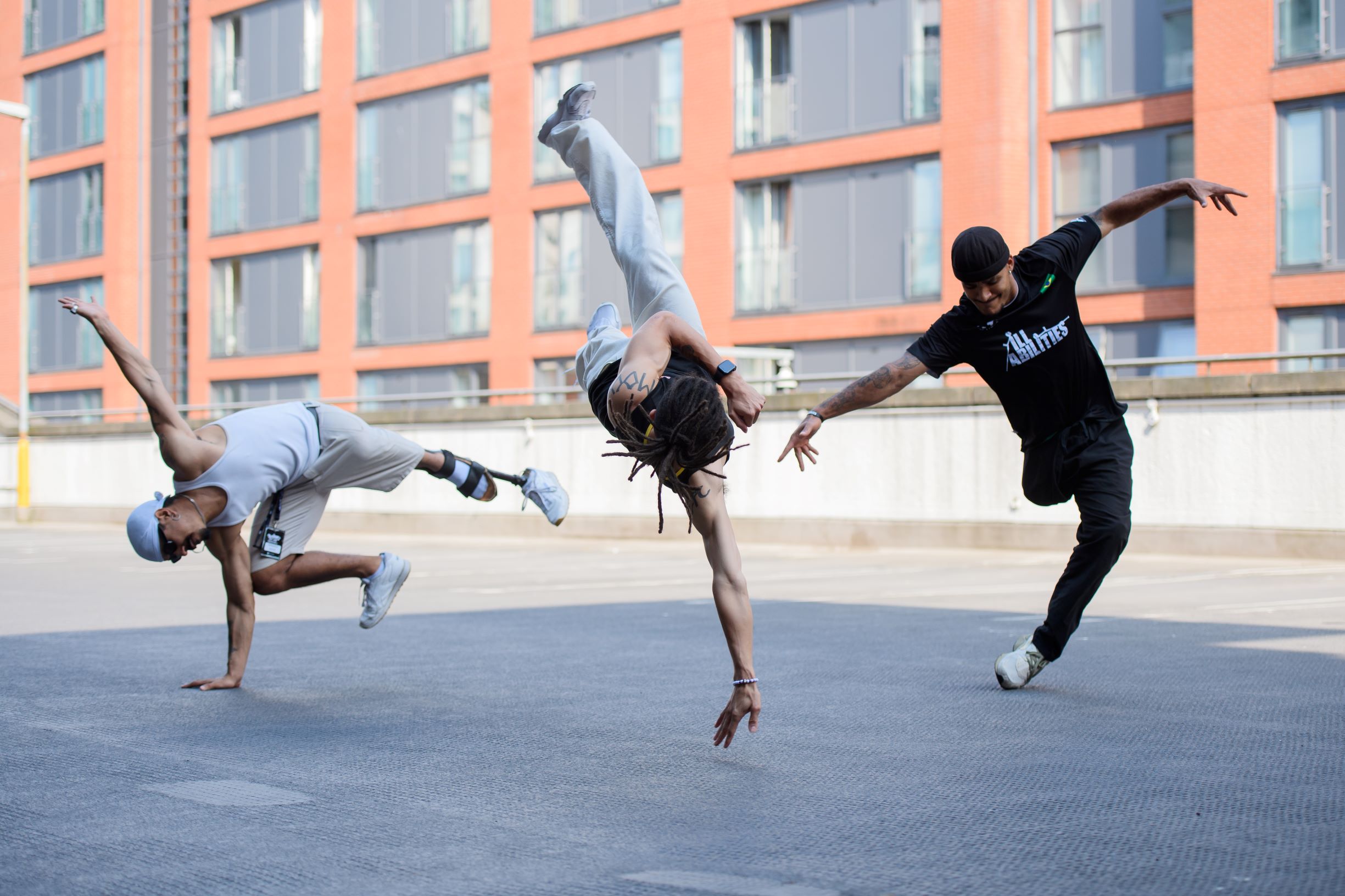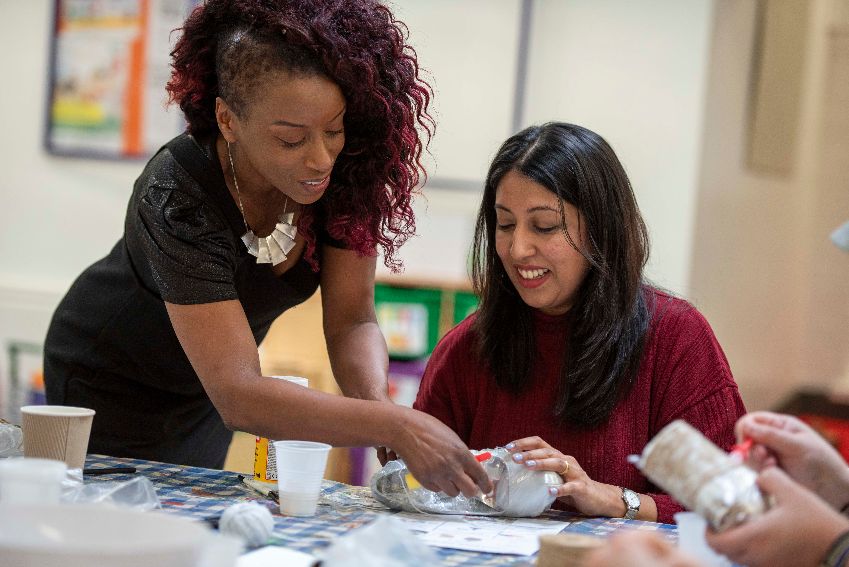With 55% of gym-goers experiencing a price increase in gym membership over the past two years, research shows that over a third of Brits have cancelled their gym membership as a result.
As many Brits are still sticking to their new year fitness resolutions, working out at home can be a more cost-effective option. Experts at Live Rugby Tickets were keen to find out which exercises people are interested to learn the most.
To do so, they collated a list of 20 popular fitness exercises and investigated which tutorial has the highest search volumes on Youtube via Ahrefs, revealing the most popular exercise trends to learn at home!
Key Findings:
- Zumba ranks as the most popular exercise we all want to learn at home, with 1,300,000 monthly searches for relevant classes.
- With 1,200,000 monthly tutorial searches on Youtube, Yoga ranks as the second most popular self-taught exercise.
- Boxing comes third with 390,000 searches on average on Youtube monthly. This is followed by the HIIT workout and Cardio exercise.
Top 10 exercises we all want to learn at home:
|
Rank |
Type of exercise |
Global average monthly Youtube searches |
|
1 |
Zumba |
1,300,000 |
|
2 |
Yoga |
1,200,000 |
|
3 |
Boxing |
390,000 |
|
4 |
HIIT |
190,000 |
|
5 |
Pull up |
187,000 |
|
6 |
Pilates |
185,000 |
|
7 |
Running |
137,000 |
|
8 |
Tai Chi |
123,000 |
|
9 |
Deadlift |
87,000 |
|
10 |
Kickboxing |
63,000 |
Live Rugby Tickets can reveal that Zumba ranks as the number 1 most popular exercise to learn at home. With an average of 1.3 million monthly searches across the world, Zumba tutorials on Youtube are not only an effective workout method but also a lot of fun. Combined with dance, aerobics and interval training, Zumba helps improve both physical health such as cardiovascular fitness and also mental stress relief.
Yoga ranks as the second most popular exercise people want to learn at home, with 1,200,000 monthly tutorial searches on Youtube. It is a great choice for anyone who doesn’t feel comfortable working out in a gym or wants an affordable alternative. Self taught yoga can be more than an exercise, but a self discovery to feeling more connected with your body and mind.
According to Dr. Hana Patel, NHS GP and GP Medico-Legal Expert Witness, yoga focuses on strength, flexibility and breathing to boost physical and mental wellbeing.
“There's some evidence that regular yoga practice helps people with high blood pressure, heart disease, aches and pains (including lower back pain), depression and stress. It improves mental health by reducing anxiety, depression, and negative mood and by improving self-esteem and cognitive function. Exercise has also been found to alleviate symptoms such as low self-esteem and social withdrawal.”
In third place is boxing, with 390,000 average monthly searches on Youtube globally. Boxing helps increase endorphins and boost your mood. It is especially popular among women recently who want to become fitter and more confident to discover their potential and power. On Youtube, you can follow tutorials such as shadow boxing and self-defence boxing, but with boxing being a contact sport, it is still recommended to practise with a coach when you can.
Live Rugby Tickets spoke to Steve Shreeve, UK certificated online personal trainer, about 7 top safety tips for people who are self learning fitness exercises at home:
- Check your workout space.Make sure it is free of trip and slip hazards. and other people in your home are aware of what you're doing. This helps to avoid any potential unwanted accidents or collisions.
- Pay attention to breathing technique.This has an important health and safety component to it, but you’ll also find that correct breathing will make the exercises feel better when performing them.
- Remember warm-ups and cool downs. Your body will respond best and in the most healthful way if you prepare appropriately for your exercise, and cooling down properly is essential to start the recovery process and make sure you don’t get any light-headedness or dizziness after your exercise session.
- Nutrition and hydration. If you’re dehydrated or don’t have the right type and amount of fuel in the tank for your exercise, you could find yourself becoming dizzy and feeling faint.
- Be aware of body signals.While it’s normal to feel some discomfort when exercising, particularly in the target muscles of an exercise, nothing should ever really hurt, and your joints especially shouldn’t hurt. Don’t ignore any pain signals that may come up, especially if you experience any chest pain. If something doesn’t feel right, get it checked out.
- Make a progressive plan. Make sure you don’t rush the process, take the time to learn what’s right for you and your body, and your current situation. Recognise and celebrate when you have made progress, no matter how big or how small that progress is.
- Seek a professional’s help. A well-trained and experienced professional can give you a comprehensive assessment, which means you can be safe in the knowledge that the exercises that are being suggested for you are right for your current level of fitness.












